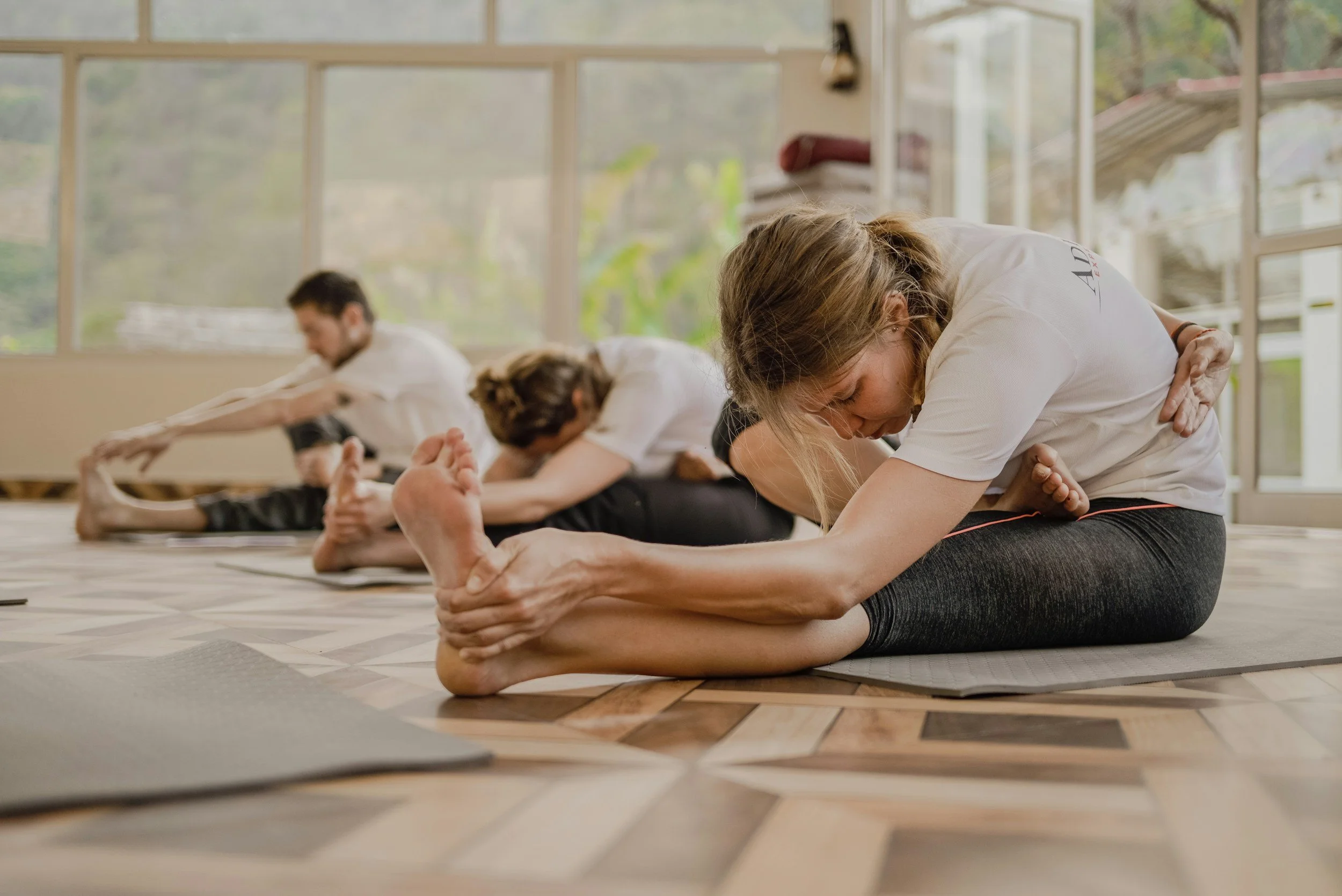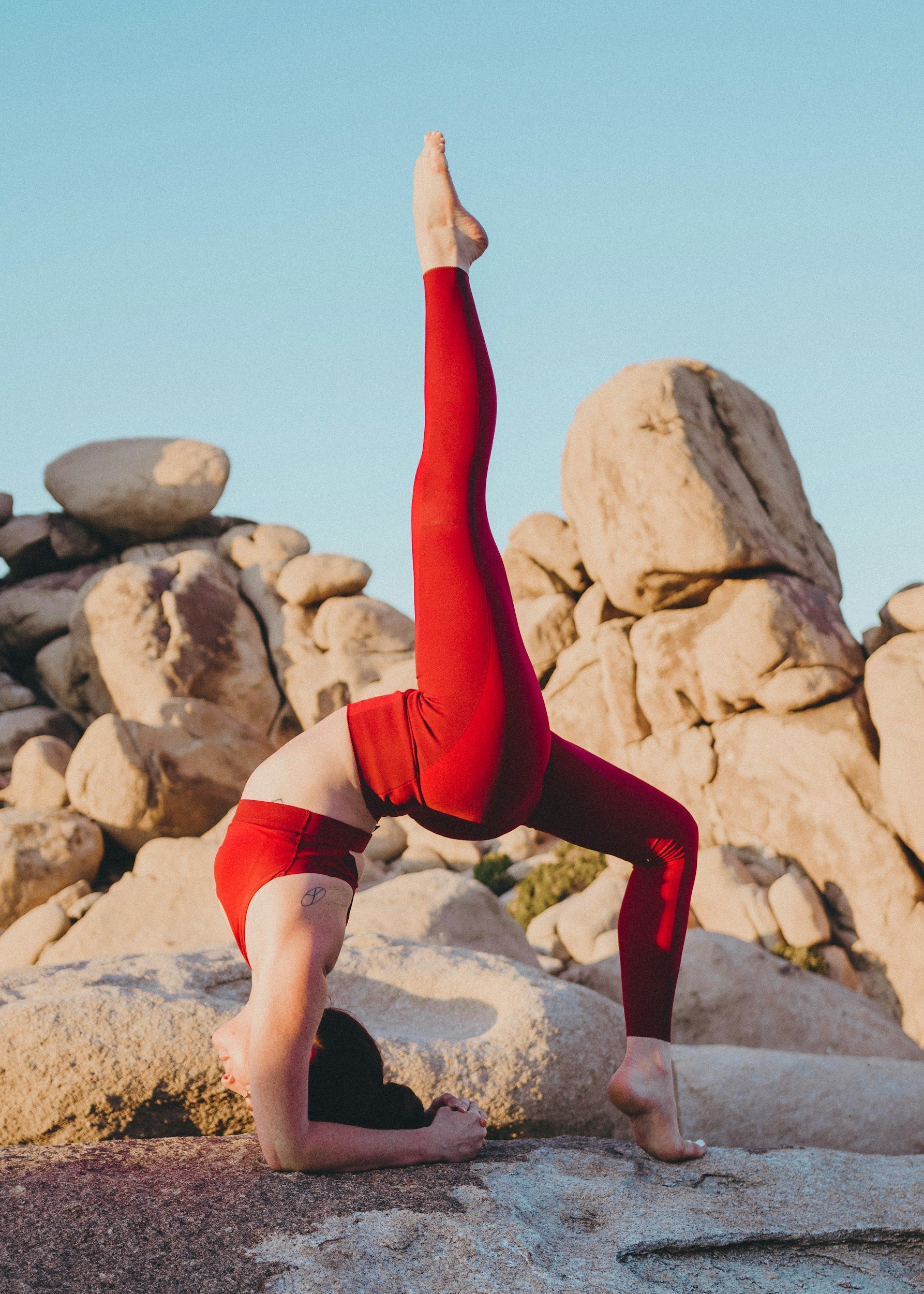WHY IT’S ESSENTIAL TO MAINTAIN YOUR RANGE OF MOTION AS YOU AGE.
Posterior range of motion is important for reducing lower back injuries.
Learn Why Range of Motion is Important
As we age, it’s easy to notice small changes in how our bodies move. Tasks that once seemed effortless like reaching for something on a high shelf or bending down to tie your shoes can start to feel a little more challenging. This isn’t just a sign of aging, it’s a signal that our range of motion may be decreasing. While this may sound discouraging, the good news is that maintaining your range of motion through simple, regular movements can make a world of difference in how you feel and function as you grow older. Let’s dive into why maintaining your range of motion is so important and how it can help you stay independent, injury-free, and active as you age.
What Exactly Is Range of Motion?
Range of motion (ROM) refers to how far your joints and muscles can move in different directions without discomfort. Think of your shoulder as an example. You can move your arm up, down, forward, and backward each of these movements depends on the flexibility and mobility of your shoulder joint. As you age, joints and muscles naturally tighten, restricting your movement. This stiffness can affect not only your physical abilities but also your overall quality of life.
Why Is Maintaining Range of Motion Crucial?
Keeps You Independent
One of the biggest fears people have as they age is losing their independence. Tasks like getting out of bed, climbing stairs, or bending over to pick something up can become difficult if your joints and muscles aren’t flexible. By maintaining your range of motion, you ensure that your body can still perform these everyday movements easily, allowing you to stay independent for longer.Prevents Injuries
Tight, stiff muscles are more prone to injury. Whether it’s a strain, sprain, or even a fall, restricted movement can make you more vulnerable to hurting yourself. When your body can move freely and with control, you’re less likely to pull a muscle or lose your balance. Regular stretching and mobility exercises can make a big difference in protecting your body from these kinds of injuries.Supports Better Posture
Poor posture often creeps in as we age, especially if we sit for long periods or don't move as much as we should. Over time, this can cause muscle imbalances, leading to slouched shoulders, a rounded back, or a stiff neck. Stretching and range of motion exercises help keep your posture aligned by preventing muscles from shortening and tightening. Good posture also helps reduce aches and pains, especially in your back and neck.Helps Manage Chronic Pain
For people dealing with chronic conditions like arthritis, maintaining a good range of motion can be incredibly beneficial. While it might seem counterintuitive, regular movement actually helps alleviate joint stiffness and pain. It increases blood flow, reduces inflammation, and lubricates the joints, making it easier to move without discomfort. Inactivity, on the other hand, can lead to more stiffness and pain.Improves Balance and Stability
Balance is something many of us take for granted—until we start to lose it. Maintaining a healthy range of motion in your hips, knees, and ankles is crucial for keeping your balance and avoiding falls. Strong, flexible muscles allow you to move with more control and react faster if you start to stumble. In fact, studies show that regular flexibility exercises can significantly reduce the risk of falls in older adults.Boosts Energy and Circulation
Feeling sluggish? Restricted range of motion can make your body feel tired and heavy. When you keep your joints and muscles moving freely, you improve circulation, which in turn helps boost energy levels. Increased blood flow delivers oxygen and nutrients to your muscles, keeping them healthy and reducing feelings of fatigue. You’ll feel more energized and ready to tackle your day.
A good range of motion in all joints can improve your quality of life.
How to Maintain Your Range of Motion
Maintaining your range of motion doesn’t require hours at the gym or intense workouts. In fact, simple, regular exercises can keep you moving well into your later years. Here are some easy ways to stay flexible and mobile:
Stretch Daily: Even just 5-10 minutes of stretching a day can make a big difference. Focus on major areas like your shoulders, back, hips, and legs.
Try Dynamic Movements: Movements like arm circles, leg swings, and torso twists keep your joints moving through their full range. These dynamic stretches can be a great way to warm up before any physical activity.
Incorporate Yoga or Pilates: Both yoga and Pilates are fantastic for improving flexibility, strength, and posture. They engage your core muscles and take your body through various movements, improving range of motion while enhancing overall balance and stability.
Stay Active: Regular physical activity, such as walking, swimming, or cycling, helps keep your joints and muscles moving. The more you move, the less likely your body is to stiffen up.
Strength Training: Building strength in your muscles helps support your joints and improves range of motion. Focus on exercises that target different muscle groups, particularly in your legs, hips, and back.
Take Home Message
Maintaining your range of motion as you age is one of the simplest yet most powerful ways to support your overall health. By keeping your joints flexible, you’ll move more comfortably, avoid injuries, and stay independent longer. It’s never too late to start, and the benefits are well worth the effort.
Get In Touch
If you’re unsure where to begin or need help with a tailored program, consider consulting with an Exercise Physiologist. At JY Exercise Physiology, we specialise in creating personalised plans to help you maintain your flexibility, strength, and mobility as you age.
Located in Upper Mount Gravatt and speak with an Accredited Exercise Physiologist now. Our free consultation provides an opportunity to discuss how I can facilitate your needs.
Call +61 421 967 711


